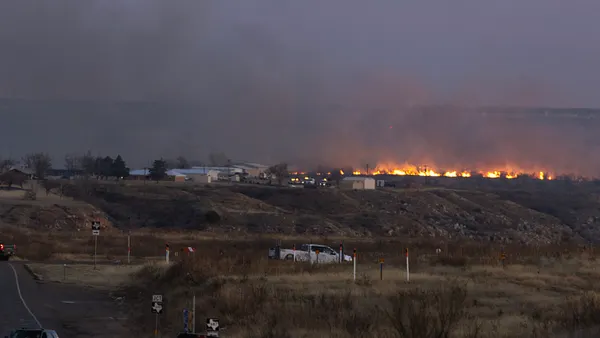AEP Ohio on Friday asked the Public Utilities Commission of Ohio to approve a six-year electric security plan that includes $2.2 billion in reliability-focused projects.
The proposal balances the interests of AEP Ohio’s customers and investors by stabilizing rates, introducing new technologies and promoting economic development, Jaime Mayhan, AEP Ohio director of regulatory services, said in testimony at the PUC.
In its first year, the plan would increase rates for a residential customer using 1,000 kWh a year by 5.2%. Their rates would then increase by 1.8% a year through 2030 for an overall average annual rate increase of about 2.3%, according to the utility.
The rate plan calls for various riders to allow AEP Ohio to recover its costs, including for energy efficiency programs and for reliability and resilience projects supported by the federal bipartisan infrastructure law.
The utility is also seeking to lift revenue caps on its distribution investment rider to support reliability upgrades.
More than 5,500 miles of power lines and hundreds of pieces of substation equipment will be replaced under the proposal, according to the utility, which has about 1.5 million customers.
AEP Ohio’s reliability performance lags its peers in the state, partly because increased levels of customer growth require more customer-focused projects, which displace reliability investments, according to testimony filed by the utility at the PUC.
Distribution line equipment failures and vegetation outside of rights of way are the top causes of service interruption, the utility said. They account for 56% of “customer minutes of interruption,” the utility said.
“AEP Ohio will continue to require capital investment to respond reactively to failing equipment; however, it is prudent for AEP Ohio to expand proactive investments for asset replacement as it is increasingly difficult to sustain and improve the level of reliability that our customers expect,” Ryan Forbes, AEP Ohio director of distribution engineering, said.
AEP Ohio proposed establishing a community resiliency pilot program to test the use of a backup generator that could supply power when major powerlines are unable to bring power into an area. Also, batteries would be installed at substations to supply power while crews make repairs, the utility said.















